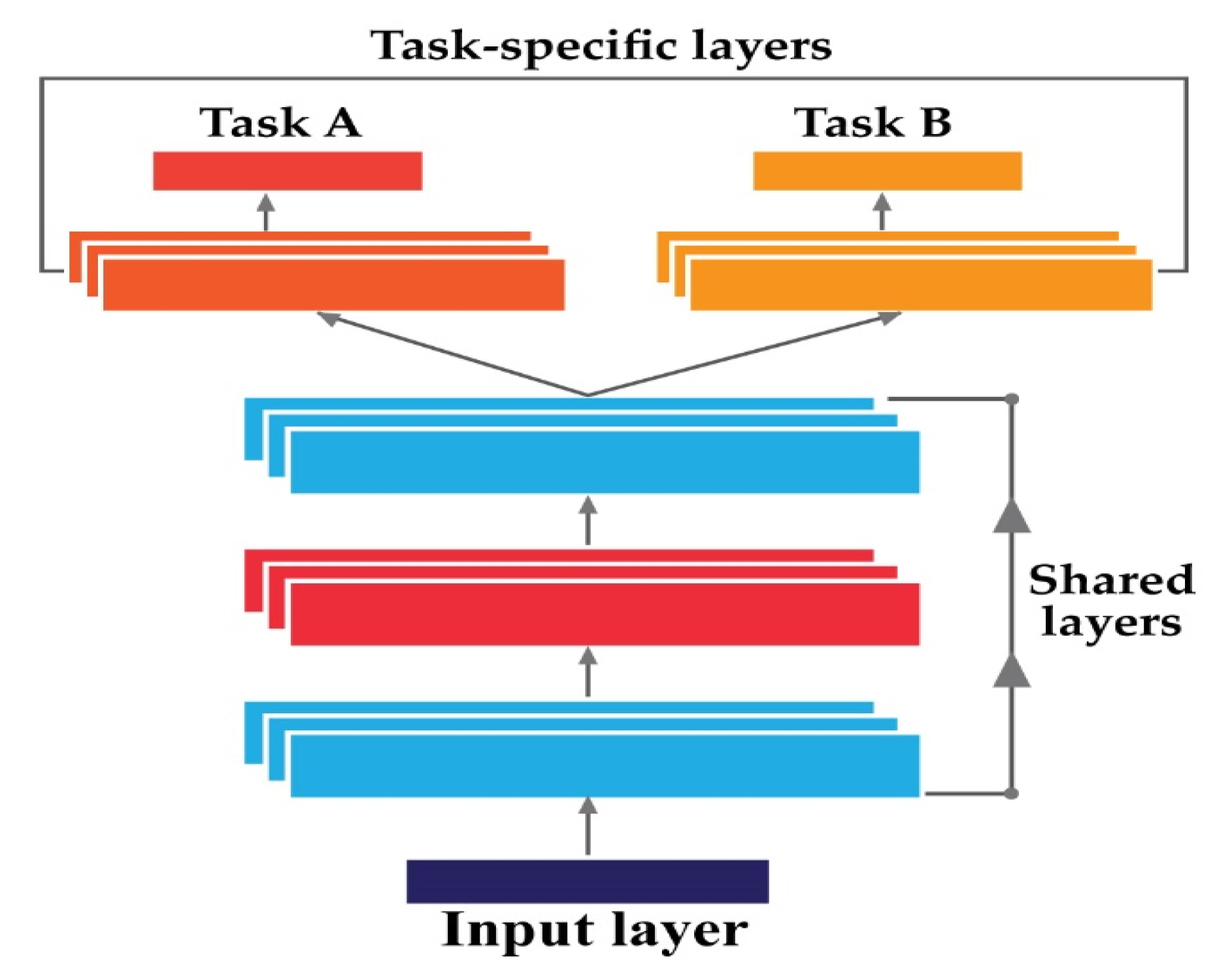
Sensors Free FullText Bearing Fault Diagnosis Using Multidomain FusionBased Vibration
Request PDF | Automated Bearing Fault Diagnostics with Cost-Effective Vibration Sensor | A non-continuous condition monitoring approach through periodic vibration meas-urement has become a common.

Sensors Free FullText Bearing Fault Diagnosis Using Piecewise Aggregate Approximation and
Automated fault diagnosis algorithms based on vibration sensor recordings play an important role in determining the state of health of the machines. Data-driven approaches demand a large amount of.

(PDF) A Bearing Fault Diagnosis Method Based on Dictionary Learning and ParameterOptimized
A.P. Ompusunggu et al., - Automated bearing fault diagnostics with cost-effective vibration sen- sor 7 speeds of the second shaft are 609, 696, 783 and 870 rpm, while the torques applied

(PDF) Hybrid Feature Selection Framework for Bearing Fault Diagnosis Based on WrapperWPT
Gangsar et al. (2017) proposed an examination of current and vibration monitoring for effective defect estimate in induction motors (IM) by multiclass support vector machine (MSVM) methods.. "An automatic bearing fault diagnosis method based on characteristics frequency ratio," Sensors (Switzerland), vol. 20, no. 5, pp. 1-12, 2020.

Sensors Free FullText A Bearing Fault Classification Framework Based on Image Encoding
Three bearing fault datasets from three institutes, together with one readily available, was employed to validate the suggested model. Moreover, [205] suggested a transfer learning- CNN (TLCNN) for bearing fault diagnosis based on AlexNet. To transform a vibration signal into a two-dimensional time-frequency image, a two-dimensional image's.

(PDF) Identification of bearing fault in induction motor using random forest algorithm
Ompusunggu, A.P., Ooijevaar, T., Kilundu, B., and Devos, S., 2019. Automated Bearing Fault Diagnostics with Cost-Effective Vibration Sensor, Proceedings of the 12th World Congress on Engineering Asset Management and the 13th International Conference on Vibration Engineering and Technology of Machinery.

(PDF) Bearing Fault Diagnosis Using a Hybrid Fuzzy VStructure Fault Estimator Scheme
Rolling element bearings (REBs) are an essential part of rotating machinery. A localised defect in a REB typically results in periodic impulses in vibration signals at bearing characteristic frequencies (BCFs), and these are widely used for bearing fault detection and diagnosis. One of the most powerful methods for BCF detection in noisy signals is envelope analysis. However, the selection of.

(PDF) Bearing Fault Diagnosis Based on Randomized Fisher Discriminant Analysis
Accurately identifying bearing defects is crucial for guaranteeing the dependability and effectiveness of industrial systems. Although the use of vibration signals for diagnosing bearing faults is highly important, there are still persistent obstacles, especially when it comes to detecting minor damage in the early stages. Relying solely on time-domain analysis for statistical feature.

(PDF) Intelligent Bearing Fault Diagnosis Based on Feature Fusion of OneDimensional Dilated CNN
Automated Bearing Fault Diagnostics with Cost-Effective Vibration Sensor. as shown in this paper, cost-effective sensors inherently comprise some technical limitation, e.g. high background.

(PDF) SelfAligned Bearing Fault Detection using Vibration Signals Analyzed by Spectrum Analysis
A novel diagnostics method that can deal with the high background noise of the sensor is presented and the results show that the diagnostics performance of the cost-effective accelerometer is comparable with the one of the high-end accelerometer. A non-continuous condition monitoring approach through periodic vibration measurement has become a common practice in the industry. However, this.

(PDF) Selected Rolling Bearing Fault Diagnostic Methods in Wheel Embedded Permanent
The key contributions of this paper are: •A simple yet effective CNN architecture that exhibits robustness in noisy and variable speed conditions. •A precise real-time diagnostic tool for various bearing faults that surpasses the current state-of-the-art technique [11] with a great margin; up to 15.8% gain in accuracy.

Proposed method of bearing fault detection. Download Scientific Diagram
Automated bearing fault diagnostics with cost-effective vibration sensor. In J. Mathew, C. Lim, & L. Ma (Eds.), Asset intelligence through integration and interoperability and contemporary vibration engineering technologies. proceedings of the 12th world congress on engineering asset management (pp. 463-472).

(PDF) Rolling Bearing Incipient Fault Diagnosis Method Based on Improved Transfer Learning with
Bearing elements are vital in induction motors; therefore, early fault detection of rolling-element bearings is essential in machine health monitoring. With the advantage of fault feature representation techniques of time-frequency domain for nonstationary signals and the advent of convolutional neural networks (CNNs), bearing fault diagnosis has achieved high accuracy, even at variable.

(PDF) Rolling Bearing Fault Diagnosis Based on MFDFASPS and ELM
A.P. Ompusunggu et al., - Automated bearing fault diagnostics with cost-effective vibration sen- sor 7 speeds of the second shaft are 609, 696, 783 an d 870 rpm, while the torques applied

Bearing fault diagnosis based on combined multiscale weighted entropy morphological filtering
There are several ways of determining running speed. Read the speed from instrumentation at the machine or from instrumentation in the control room monitoring the machine. Look for peaks in the spectrum at 1800 or 3600 RPM if the machine is a induction electric motor. (1500 and 3000 RPM for 50 Hz countries).

(PDF) Back Propagation Algorithm for Bearing Fault Detection of Induction Motor Drive Using
cost-effective vibration sensors inherently comprise some technical limitation, e.g. high background noise. These shortcoming needs to be solved before these sensors can be used in an industrial setting. This paper first discusses the selection of a cost-effective vibration sensor from the market and the sensor deployment for con-
- Colegio Dos De Mayo Pinto Telefono
- Tiendas De Zapatos En La Ballena
- Que Es Diseño Grafico Publicitario
- A Que Velocidad Hay Que Circular Con Nieve
- Cuadros Fáciles De Pintar Para Niños
- Generador Honda 7000 Watts 14 Hp Precio
- Alquiler De Trajes En Caracas
- Mike Ydave Buscan Rollo Serio Pelicula En Castellano Online
- Al Hacer Ejercicio Adelgaza La Cara
- Preguntas Incomodas Sobre El Amor
